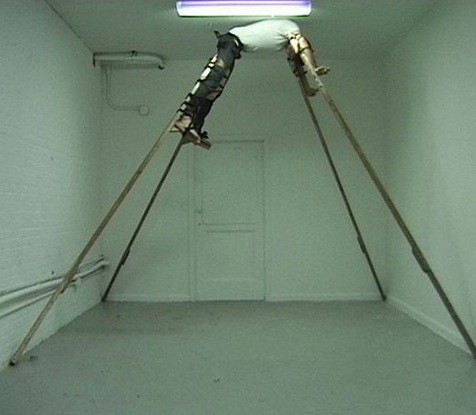In the city where I live, at the moment there is considerable media interest in an elderly couple who died. Apparently the man shot his wife dead, called the police and then shot himself dead before the police arrived. The police are trying to work out if it was a murder - suicide or a suicide pact. This raises some interesting points about suicide pacts that I discuss in my book - Working with suicidal individuals - where I note there are three types of suicide pacts shown in the diagrams below.
If the elderly couple had a suicide pact then it is the first type of suicide pact shown. Both parties want to die and agree to do so together. However certain things about this type of suicide should be publicly known. Both parties need to be equally involved in the preparations and act of making the suicide attempt. If the elderly man shot his wife dead, then shot himself but did not die then it is highly likely he would be charged with murder even if it was a suicide pact, (that is the wife wanted to die and wanted him to shoot her).
In the other two types of suicide pacts there is only one person who wants to die but the external party relates to the suicidal person in such a way that elevates the chance of a serious suicide attempt. The relationship between the two becomes supportive of suicide as a solution to the suicidal person’s problems and hence we have some kind of a pact.
As the second diagram shows some people take the view that suicide is a choice that a person has the right to make. It is everyones right to decide how and when to die. This is not an uncommon view held in the community, by a significant number of people and has logical and philosophical merit. If a suicidal person has a close relationship with the other who has these views then in one sense one could see this as a suicide pact. Not only is the suicidality being logically supported by the other but the suicidal person will also introject those views into their own Parent ego state, thus increasing the likelihood of a serious suicide attempt.
The third relationship occurs when the suicidal person has been suicidal for some time, may have even made an attempt and remains suicidal. Again not an uncommon scenario as for many, suicidality slowly increases over time, 75% tell others about their suicidal thoughts and the ratio of attempts to completed suicides varies from 1 to 40, up to 1 to 200.
Living with or having a close relationship with such a suicidal person is a very difficult and stressful thing to do. The non suicidal person can suffer greatly in this way, sometimes for years. Of course this person does not want to live like that and one way it is going to stop instantly and for ever, is if the suicidal person dies. If that happens then all that stress disappears instantly and forever (and the suicidal person knows this as well). It seems reasonable to conclude that any close person at some level wants the suicidal person to die as the Free Child in all of us would want the great stress to go away. Hence in this way the other supports the suicide of the suicidal person and hence we have the third type of suicide pact.
I discuss such case studies of this type in my book and this is where it gets murky and unclear. If one lives with a suicidal person, that is very stressful as I mentioned before. If that goes on for months or years does the non suicidal other begin to alter their behaviour consciously or unconsciously such that the likelihood of a completed suicide increases? Starting to not notice higher risk indicators, brushing off suicidal comments as just another one like the 30 before, altering behaviour such that the likelihood of finding the loved one making an attempt decreases. As I said before all of us have a Free Child and that ego state wants the horrible stress to stop, no matter how much we love the suicidal person. It could be argued that because of this everyone at some unconscious (or conscious) level would begin to act in such ways as just described.
Graffiti



No comments:
Post a Comment